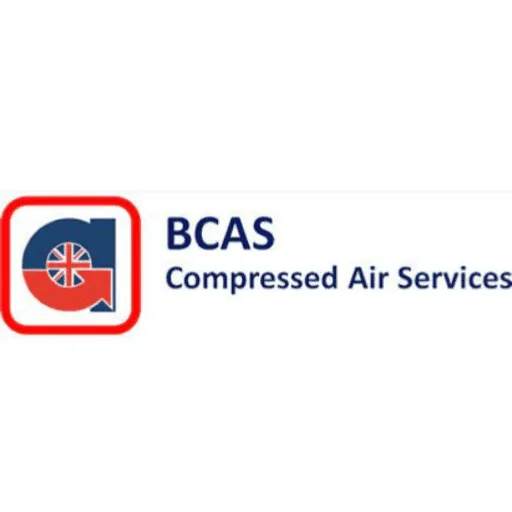The nature of the redundancy process relevant to any given situation depends on several factors, including how many employees are likely to be affected by your proposals. If you are considering making redundancies and are unsure of your legal obligations, taking advice from expert HR specialists like ours will ensure your processes are fair, justifiable, and legally sound. However, whilst the nuances of each redundancy process will vary, the general redundancy process timeline should be largely the same in most cases.
Call us now on 01491 598 600 or email us on cw@gaphr.co.uk and we will be delighted to help you.
Here, our HR and employment law experts talk you through each phase of a general redundancy process timeline.
1. Confirm That Redundancies Are Unavoidable
Before embarking on the redundancy process, you must satisfy yourself that making redundancies is the only option available in the circumstances. Examples of situations in which this might be the case include the following:
- You have decided to close part of your business operations
- You are relocating
- You have introduced new technology that reduces the number of employees required to fulfil specific roles.
You must also consider any measures that might avoid redundancies or at least reduce the number of staff affected. Examples of the types of measures that might be viable include the following:
- Implementing a recruitment freeze
- Changing employees’ working hours
- Offering voluntary redundancy
- Putting a limit on overtime
Redundancy is not an appropriate route for dealing with performance or behavioural issues. In these cases, you should implement your business’s capability or disciplinary procedures instead.
2. Identify The Redundancy Process You Need To Follow
The next step in the redundancy process timeline is to identify which process applies to your proposals. For example, you should check whether your organisation has a bespoke redundancy policy in place. If it does, you must follow that.
If your proposals affect 20 or more employees, you must hold a collective consultation with the employees’ trade union or, where they are not trade union members, their elected employee representatives. If fewer than 20 employees are affected, you are not legally obliged to collectively consult, but you may choose to do so if circumstances render it advisable. You are, however, legally obliged to undertake ‘meaningful’ consultations with each affected employee.
3. Inform Employees
You should hold a meeting to inform employees that you are considering making redundancies as soon as you can. At the meeting, you should set out the issue and explain why redundancies might be unavoidable. You should also explain what will happen next and answer any questions your employees have.
For those employees whose roles you have identified as being at risk, you should put all relevant information in writing, together with details of any other potential options, such as moving roles or taking voluntary redundancy.
4. Hold Consultations
The next step in the redundancy process timeline is holding consultations with those affected by your proposals. Consultations are a critical stage in any redundancy process since they are your opportunity to discuss the issue with the relevant employees, answer their questions, and seek their input on whether there might be anything you could do to avoid redundancies or reduce their number or impact.
As we have explained above, you need to hold a collective consultation if the number of employees affected is 20 or more.
Examples of the types of matters you should discuss during a consultation, whether collective or individual, are as follows:
- Why you need to make changes to the business
- Your redundancy proposals
- The criteria you intend to use for selecting the employees for redundancy
- How you intend to support those affected, for example, by giving them time off for training or job interviews.
5. Select The Employees To Be Made Redundant
Following the consultation period, you should proceed to select the employees to be made redundant from those at risk. Your overarching legal duty in terms of selection is that it must be fair. To that end, you should assess each employee against pre-determined selection criteria, which must be objective and measurable.
Examples of the types of criteria that many employers use to select employees for redundancy include the following:
- Performance
- Skills
- Qualifications
- Attendance
- Disciplinary issues
6. Calculate Redundancy Pay
Step 6 in the redundancy process timeline is to calculate the redundancy pay due to the employees selected for redundancy.
By law, anyone who has worked for you for two years or more is entitled to receive statutory redundancy pay. The amount due is based on their age and length of service. Some businesses offer their employees enhanced redundancy packages, details of which will usually be set out in your staff handbook or the individual’s employment contract.
7. Give Notice To The Employees Selected For Redundancy
Once you have completed the consultancy and selection processes, you should give those selected notice of redundancy. You should meet with everyone affected and follow up in writing.
It’s important to provide the affected employees with all relevant information relating to your decision, including how they fared in the selection criteria and why the outcome is as it is. You should also inform them of the date on which their employment will end, and how you calculated their redundancy pay. Each employee has the right to appeal your decision, and you must ensure they are aware of that right when giving them notice.
This is a very general overview of the redundancy process timeline. To put your redundancy process beyond reproach, it’s vital that you act fairly in the context of your own business operations. If you need any advice or guidance, our HR specialists are on hand to support you throughout the process, ensure you adhere to your legal obligations, and minimise the risk of employment tribunal proceedings.
Call us now on 01491 598 600 or email us on cw@gaphr.co.uk and we will be delighted to help you.

























































































































